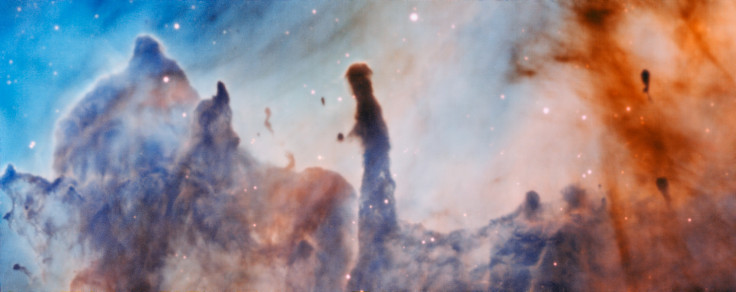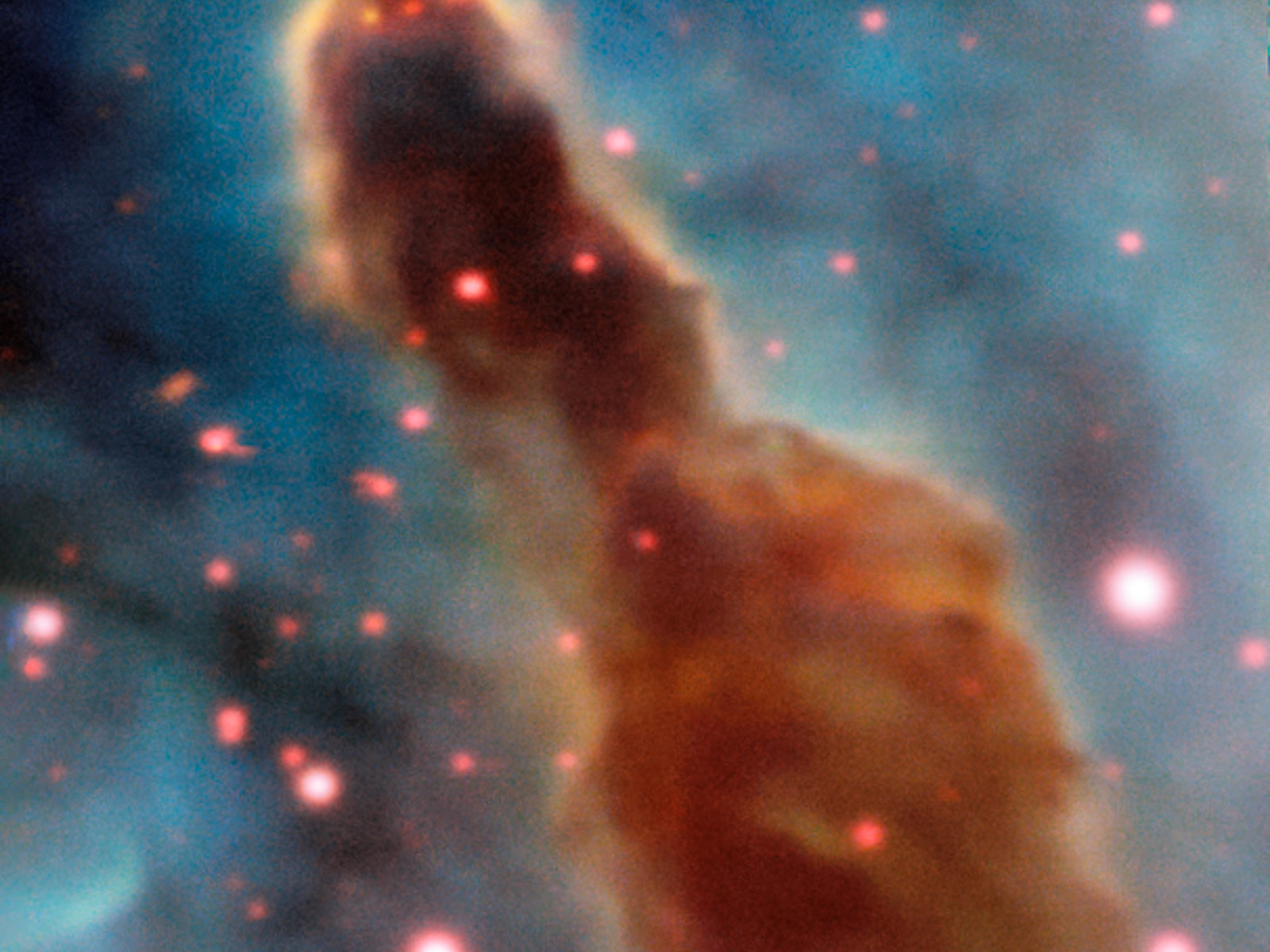Pillars of destruction: Spectacular images reveal one of the biggest star-forming regions in the Milky Way
Massive clouds of dust and gas imaged from 7,500 light years away with the ESO's Very Large Telescope.
Incredible images showing the 'pillars of destruction' have been released by the European Southern Observatory (ESO). Huge towers of gas and dust within the Carina Nebula are being studied to better understand star formation – and analysis of the images shows how the stars appear to be destroying their creators.
Scientists used the Muse instrument on the ESO's Very Large Telescope to take thousands of images of the Carina Nebula, located 7,500 light years away. Each of the images was taken at a different wavelength of light, allowing scientists to look at the chemical and physical properties of the pillars at different points. Their findings are published in the journal Monthly Notices of the Royal Astronomical Society.

Study authors note the Carina Nebular Complex is one of the "most massive star-forming regions in the Galaxy". They combined the images from this nebular with others previously observed, including the Pillars of Creation in the Eagle Nebula and those seen in NGC 3603, a giant nebula 20,000 light years away.
Scientists found a link between the radiation emitted by nearby stars and the features of the pillars. Specifically, they showed massive stars strip mass away from the pillars through a process called photoevaporation.
The stars blast out huge quantities of ionising radiation, stripping away atoms from their orbiting electrons. The team showed photoevaporation resulted in loss of mass from the pillars: "We ... find tight correlations between the ionising photon flux and the electron density, the electron density and the distance from the ionising sources, and the ionising photon flux and the mass-loss rate," they wrote.




© Copyright IBTimes 2025. All rights reserved.






















